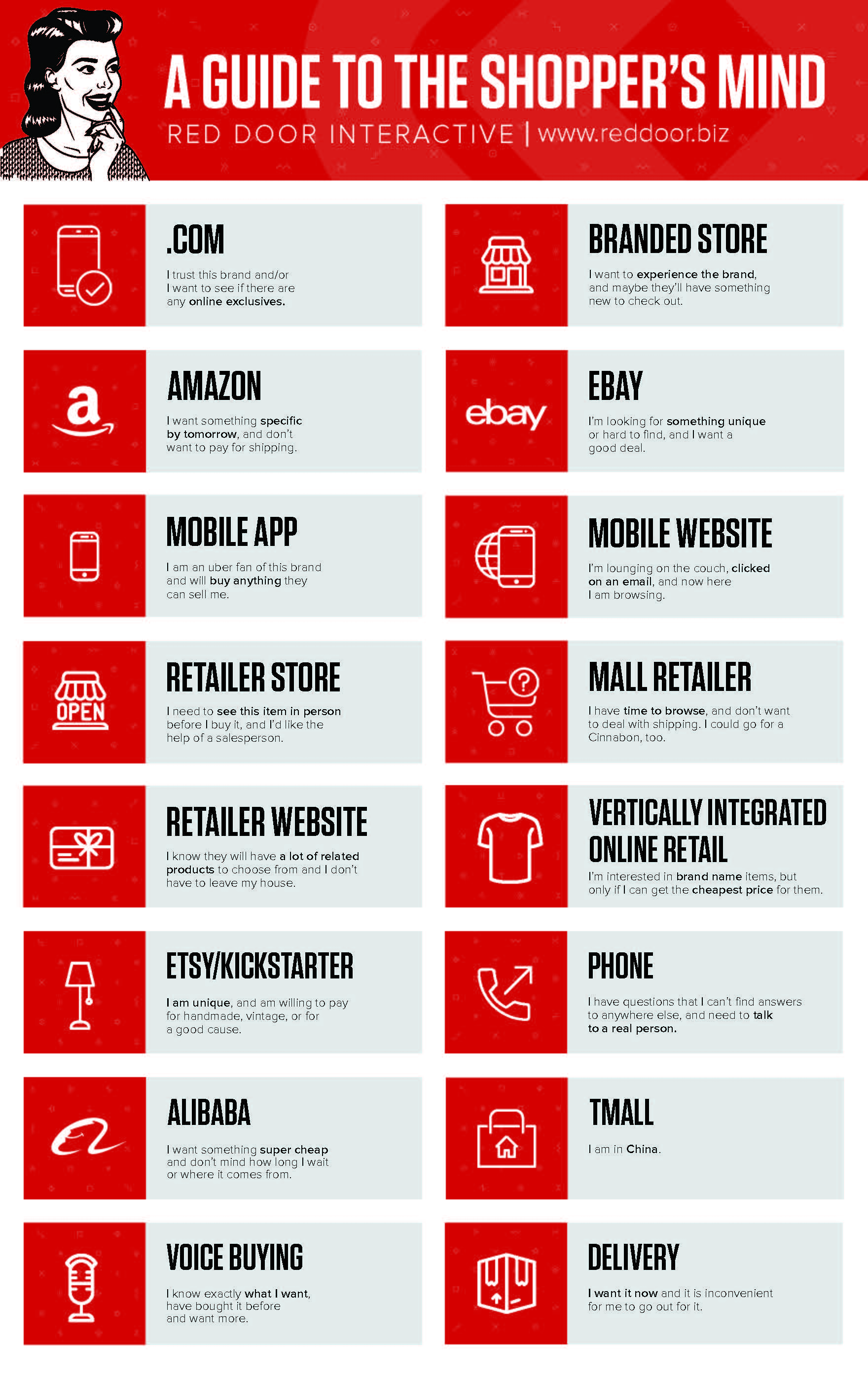As a consumer, it is a very exciting and satisfying time. We can get nearly anything we want – information, a ride, food, a movie – in an instant. We don’t know something, we Google it. We are hungry, we Postmates it or make a reservation on OpenTable. We run out of milk, we order it. We want to know if “it” is any good, we read ratings and reviews. Buying decisions are made on a whim and at the pace of desire. And now, businesses and their marketers must adapt or be left behind.
It was only slightly more than a decade ago where brands thoughtfully and hopefully courted consumers through print ads and TV spots while retailers had the power of distribution over both the brands and the consumer. If people wanted something, they had to hop in the car to get it, as well as know where to go. This killed a lot of transactions in the evaluation of “do I really need this?”, but also increased the importance of retailers’ own brands and outreach strategies clearly ancillary to the manufacturers’ marketing efforts to create demand. Distribution was everything.
We haven’t departed entirely from the former world, but it has been disrupted by new expectations at every step in the value chain and we are moving farther away from where we’d been. Consumers are more aware of their options than ever before and therefore, their expectations are far more detailed. There is an ecosystem of feedback and interactivity and there are incredibly high expectations for responsiveness.

So, those with the information and greatest adaptability are poised to win in this new environment.
Consumers have the power, yet are also incredibly vulnerable and susceptible to tactical marketing. Show up in the right place with the right message, on the right device at the right time and you’re in a great spot to capitalize on this consumer. Build a great product and/or deliver a great service that satisfies specific needs and desires and you’re poised to grow. But even then, there can be so many variables and assumptions that factor into that equation. Beyond a strategy, great product and strong marketing tactics, we need infrastructure, operating principles, processes, and technology to help adapt to this rapidly shifting world.
Business decisions need to keep up and, right now, most structures within companies aren’t there to support this acceleration. There is tension between the consumers who want products now and the business stakeholders who want results now, but businesses are rarely set up to make now decisions.
Expectations today are different than expectations tomorrow, because competitors – therefore consumer options -- today are different than those tomorrow. This doesn’t just affect marketing, but each and every department in the company. One never knows what aspect is going to change, so everyone must be prepared and in communication.
Nearly every business can move faster than they are today. And, the paranoid should believe that there is a competitor or future competitor who is already moving faster or building the capabilities to move faster than you’re moving today.
So, how do you get there?
Businesses must ask themselves what decisions do they need to make – based on how their customers are making their buying decisions -- and, therefore, what information do they need to make those decisions? How fast can we get the clean information we need to inform those decisions. Then, what are our operating principles by which we will make the right decisions for the business and the brand at a fast-enough pace for our core customers?
- Determine what matters to your customers and keep tabs on how those features or perceptions are changing based on the world changing around them.
- Establish what decisions you need to make on an ongoing basis to satisfy those needs, desires, and expectations.
- Figure out how you will keep your customers informed of how you’ve adapted through the right marketing tactics and channels.
- Decide what data you’d like to have to make the best, informed decisions. Then, determine what information you can actually get.
- Find out if that information is accurate and, if it isn’t, clean up the process to get accurate information.
- Develop the guidelines by which you will make decisions in accordance with the brand you want to be and why.
- Empower people with the right infrastructure and tools to access, collaborate, and communicate with one another related to the information and decisions.
- Execute and maintain a feedback loop that includes the customers.
Want to get into specifics? Come to our Speaker Series on November 8 to talk with Google, DOMO, and Sprinklr, as well as our Red Door Interactive subject matter experts who can guide you through how we do this for some of the most revered and informed brands in the world.
